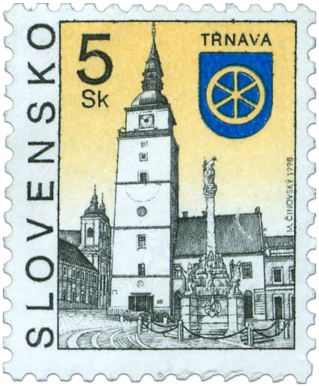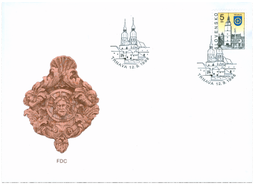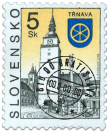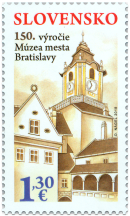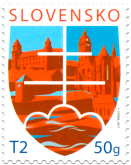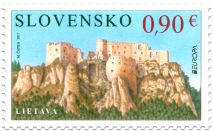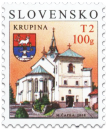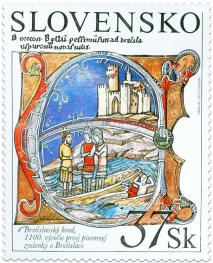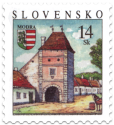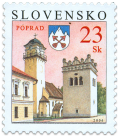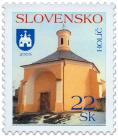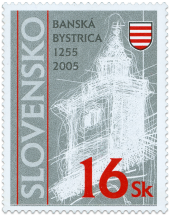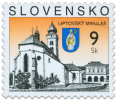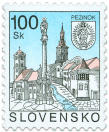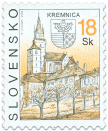160 Date of issue
12.09.1998 Face value
5.00 Sk
The town of Trnava originated from joining of settlements by the Trnávka river and on a hillock, where annual markets on Good Saturday took place. In 1238, King Belo IV bestowed the privilege on Trnava to become a Free Royal Town, the first among Slovak towns. The position on the crossroad of Bohemian and Považie routes was advantageous for merchants and craftsmen. In 1543, after the Turks conquered Esztergom, the importance of the town increased when the Esztergom chapter was relocated to Trnava. From that time the town of Trnava is called the "small Rome". In 1635, the Cardinal Peter Pázmaň established the University there with four faculties: the Faculty of Arts, the Faculty of Theology, the Faculty of Law and the Faculty of Medicine. The University was moved to Budín, in 1777, by Maria Theresa's imperial decree. The rectangular ground-plane of the town with preserved system of town walls from 13.th century forms an urban reservation of monuments. The city tower is the dominating feature of the historical centre. The tower was built in 1574 as an observation post and the statuary of the Holiest Trinity was built in 1659. The large Trnavian coat-of-arms is the only world specimen with the Christ' head in the middle of a wheel. A six-spoke wheel forms a christogram with Greek letters I (iota) - Jesos - and X (chi) - Christos. In 1792, Anton Bernolák founded the Slovak Learned Society here, and Andrej Radlinský, in 1870, the St. Adalbert's Society, that played an important role in keeping the Slovak awareness alive in times of national tyranny.
© 2024 POFIS - Postal philatelic service. All rights reserved

